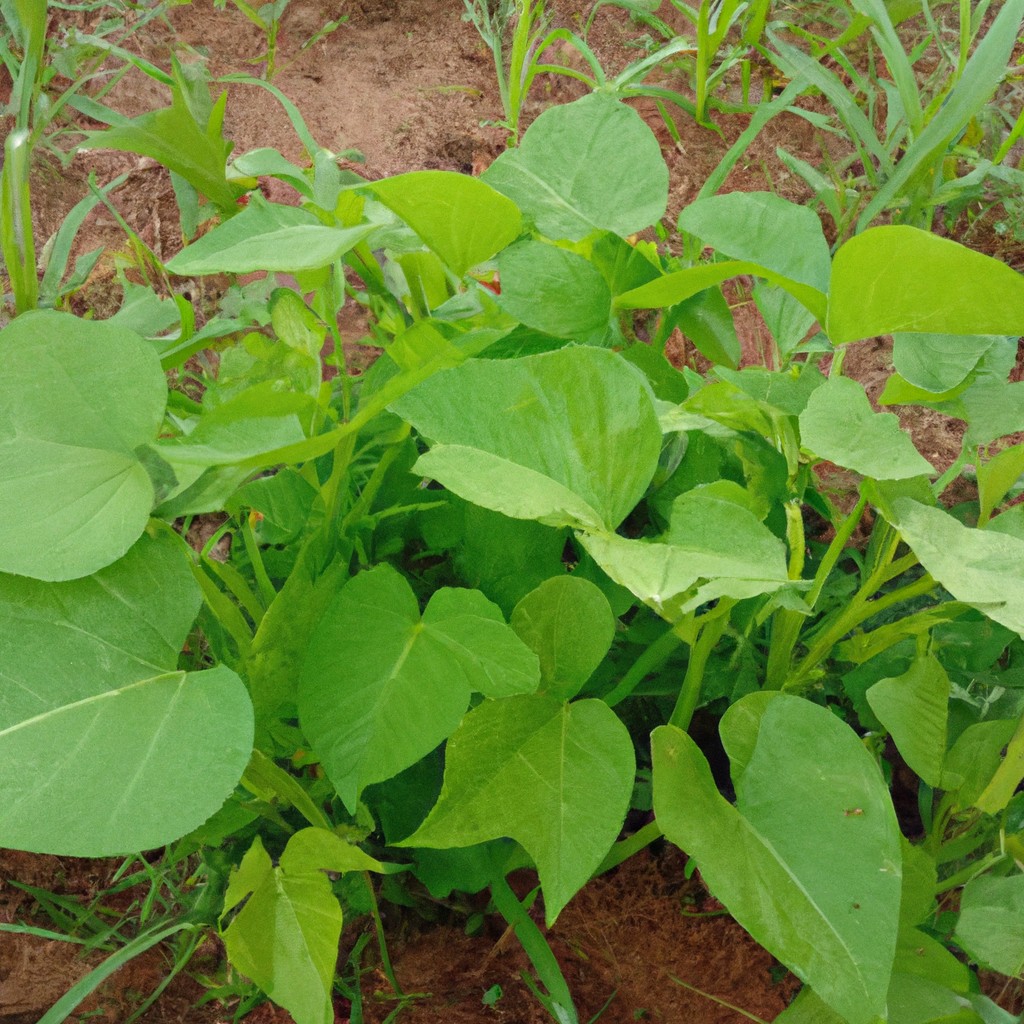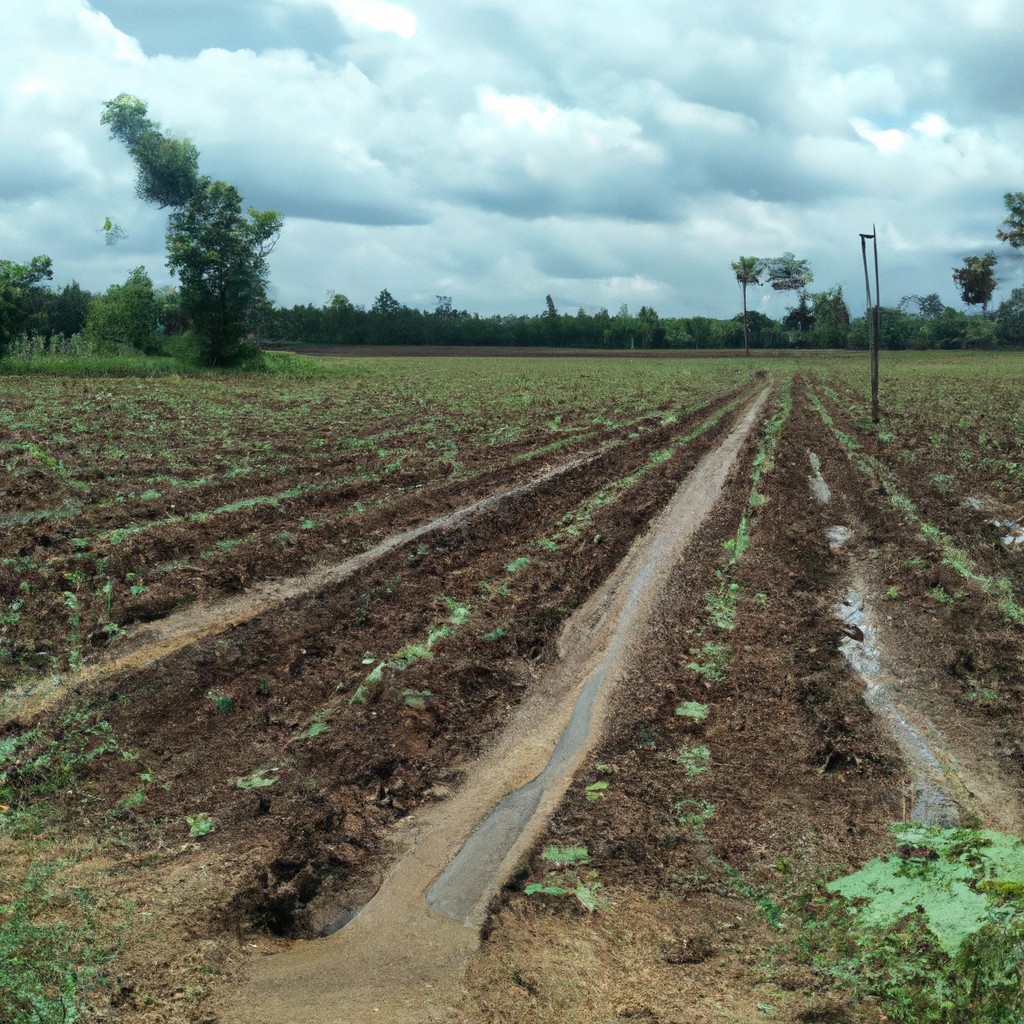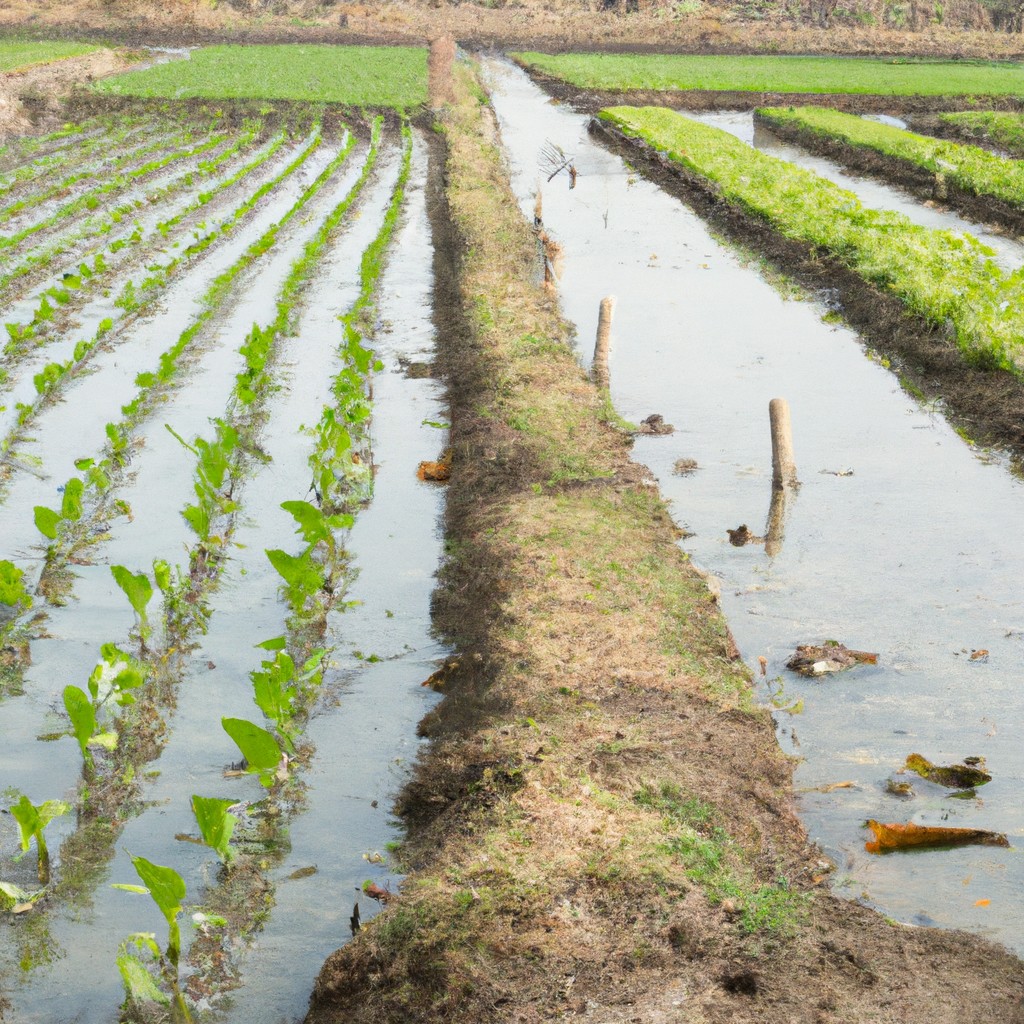Discover fascinating facts about agriculture, from its ancient roots to modern-day practices and innovations.
Look Inside:
Half the Habitable Land On Earth Is Used for Farming

Agriculture occupies a staggering amount of Earth’s land surface. If you look at a world map, nearly half the green patches you see zoomed out represent fields and farms. Before imagining endless rows of sunflowers and ripe strawberries, keep in mind a big chunk is dedicated to staple crops like wheat, corn, and rice. These provide most of the calories consumed worldwide.
No cows are chilling on hammocks in lush meadows, either. Much of this land is used for grazing livestock. Yes, your cheeseburger has quite the real estate demand.
And not all this land is equally productive. Some areas boast fertile soil and favorable climates, while others are more challenging, requiring more effort and, no surprise, more resources.
This massive land use comes with big responsibilities. Sustainable practices are essential to avoid soil degradation, deforestation, and biodiversity loss. Our sandwiches depend on it.
About 1/2 of the World’s Population Works in Agriculture
Imagine if half the people at a music festival decided to leave their dancing shoes behind and grab a pitchfork instead. That’s pretty much the story of our global workforce. Agriculture employs roughly half of the world’s working population.
In many regions, farming isn’t just a job—it’s a way of life. In countries like India and China, vast numbers of families rely on agriculture for food and income. Picture Uncle Bob’s farm, but magnified to a million Bobs and an equal number of tractors.
Also, don’t just think of traditional farming with cows and corn. Agriculture includes fisheries, forestry, and livestock. It’s like a big, green, and slightly dirty umbrella under which many people huddle.
Small farms are huge (in impact). Most of the world’s farms are less than 5 acres, typically run by families bustling around like bees. Their combination of sweat and soil produces a significant chunk of the world’s food.
By the way, don’t forget the tech-savvy farmers. Modern agriculture also involves smart tools and gadgets—drones, GPS-guided tractors, and soil sensors. High-tech meets haystack.
The World Raises – and Eats – a Lot of Cows
Cows are pretty moo-velous when it comes to agriculture. They not only provide beef but also milk, leather, and even some pretty nifty manure for fertilizing crops. Here’s a quick lowdown:
- At any given moment, there are about 1.5 billion cows on Earth. Moo-ve over, humans!
- In the United States alone, people consume roughly 26.7 billion pounds of beef annually. That’s a lot of burgers and steaks.
- India has the largest cattle population, with about 30 percent of the world’s total. However, beef consumption is limited due to cultural practices.
Raising cows is a big deal, consuming vast amounts of resources like water, feed, and land. Each cow needs around 30-50 gallons of water a day. Talk about being a heavy drinker!
Modern agriculture aims to improve efficiency and sustainability, working on reducing the carbon hoofprint of these lovable bovines. Researchers are even crafting more eco-friendly feed. Cow chow goes green!
Sure, cows might seem like simple creatures, but they play a complex, central role in global agriculture. That’s no bull – well, maybe a little.
4.5 Million Organic Farmers Worldwide
Organic farming is booming! Diverse and dynamic, this movement spans the globe with millions rolling up their sleeves to go green—well, not literally.
First off, no synthetic pesticides. These farmers let Mother Nature do the pest control. Think of them as pest-wrangling cowboys with compost piles instead of lassos.
Secondly, they’re all about the soil. Healthy soil means happy plants. Organic farmers swear by crop rotation, cover crops, and compost, turning dirt into a Michelin-starred meal for plants.
Next, animal welfare is top-notch. Organic farmers provide livestock with ample space and outdoor access. It’s a farmyard fiesta for the animals.
Last, but not least, the market demand. Consumers are fueling this green wave, favoring produce that’s easier on the planet and the body. It’s like voting with your fork.
Ready to join the green squad? These dedicated farmers are showing that sustainable can be scrumptious.
Crayons Are Grown – From Soybeans
Soybeans are surprisingly versatile. They don’t just make tofu and soy milk but also—get this—crayons!
- Soy crayons are made from soybean oil instead of the traditional petroleum-based paraffin wax.
- This makes them a biodegradable and non-toxic alternative—perfect for kids who think crayons are snacks.
- The process of making these colorful sticks is pretty green too. Soybeans need less energy to be converted into crayons compared to petroleum.
- It’s a win-win: less environmental impact, more creative fun.
Who knew coloring could be so eco-friendly?




